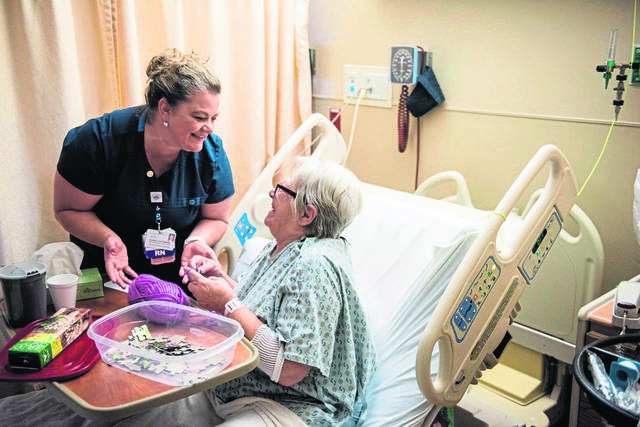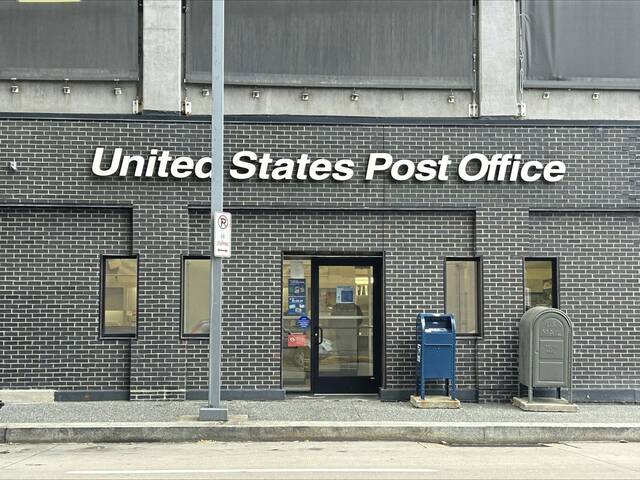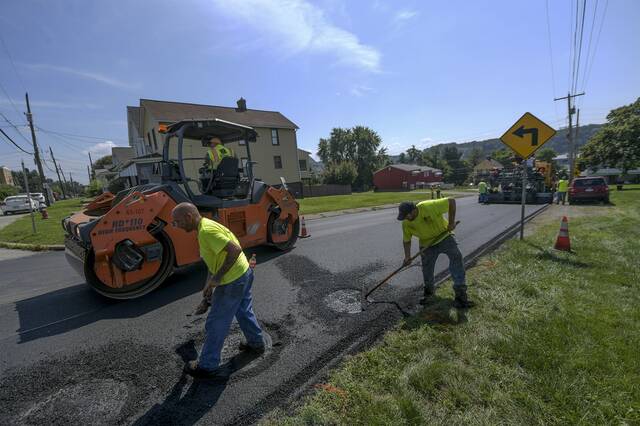As we brace ourselves for another wave in covid-19 cases, we are reminded of the gratitude and overwhelming need for health care professionals. The rollout of the vaccine is giving us a sense of hope for the future, but Pennsylvania is still grappling with the state’s confirmed 577,000-plus covid-19 cases and more than 14,200 deaths to date from the virus.
Hospitalizations are on the rise, and health care facilities, especially in rural communities in Western Pennsylvania, are scrambling to meet the growing demand for qualified nurses. Rural communities are home to more than 46 million Americans and 26% of the population in Pennsylvania, most of whom reside in the western part of the state.
Health care providers have felt the effects of the pandemic deeply. It has exacerbated their fatigue and burnout — a condition not limited to urban or rural health care workers — adding to concerns of qualified nurse shortages.
Sixty-three percent of primary health care shortages exist in rural communities, which cause increased workloads, longer shifts and less flexibility in scheduling. Further, one-third of the nursing workforce in the U.S. will reach retirement age in the next 10-15 years, potentially creating a larger shortage in the years to come. This offers a grim outlook for those in the health care industry and especially those in rural communities who may not have access to the care they need.
According to the National Rural Health Association, an estimated 70% of rural hospital income has stopped. Without elective surgeries and preemptive screenings that have slowed or stopped altogether due to covid-19, rural and independent hospitals across Pennsylvania may go out of business without the needed cash flow. They are at particular risk because rural hospitals do not have the cushion of larger, more urban networks. More than 170 rural hospitals have closed nationwide since 2005, and in 2020 alone, 14 rural hospitals have closed across Pennsylvania. This paints a worrying picture that disproportionately affects smaller, more rural hospitals and communities.
Through the lens of the pandemic, it has become clear that improving access to health care through innovation like telehealth options, and education, is critical. Rural areas face additional barriers to innovation, including the lack of broadband availability due to the digital divide. In Pennsylvania, 598,000 individuals don’t have access to high-speed internet. A shortage in health care workers, combined with challenges in innovative practices, is creating a gap in quality access to care between rural and urban areas.
One important solution to maintain and grow the health care workforce in rural areas is through access to education and upward career mobility. Most health care and nursing education programs are based in urban areas that lack exposure to rural practice environments. At the same time, they pull students away from their home communities to pursue their education and often their careers. It is essential that we increase accessibility to education in health care professions in rural communities, particularly nursing, to ensure both urban and rural communities are equipped with proper care.
I am urging health care, higher education and government leaders across Western Pennsylvania to find ways to attract and retain health care workforces in hospitals of all sizes. We must ensure that those who take care of us are also taken care of.
As we look ahead to a new year, effort must be made toward supporting our health care system and ensuring all hospitals and health care facilities can serve their communities each day.
Mary Carney is a state director of prelicensure nursing for Western Governors University.








